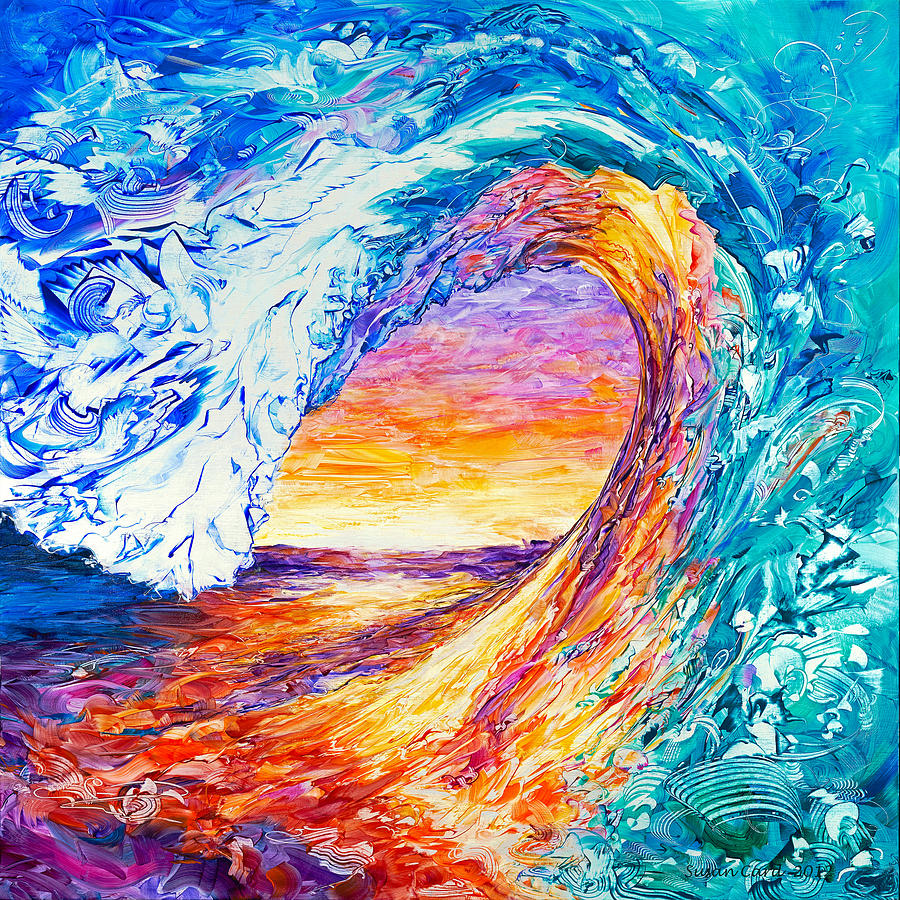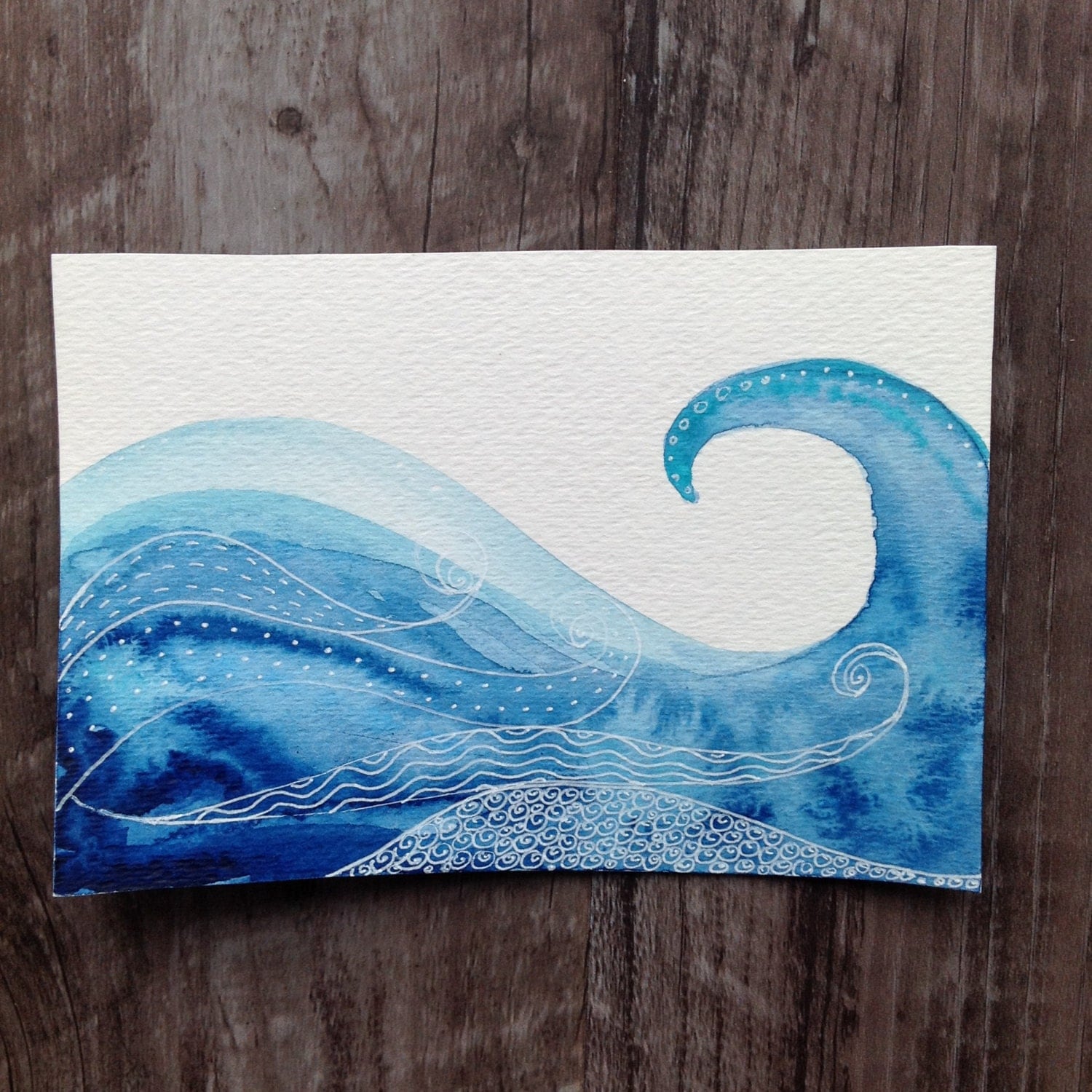

Don’t forget the sides of the canvas these will be collaged as well. Using a chip brush, apply a nice layer of matte gel medium to the canvas, covering the entire surface. Dimensional embellishments: mica flakes, chunky glitter, star cutoutsġ.Graphite crayon, 9B (I use Lyra brand crayons.).
#ART TOOLS IN A COLORFUL WAVE SERIES#
Oil pastels, water-soluble (I like to use Portfolio ® series water-based oil pastels.).Marker (I used a Sharpie ® chisel-tip marker.).

#ART TOOLS IN A COLORFUL WAVE FREE#
I wanted to write about what being free meant to me. Every time I looked at it, I thought, “It is missing something.” After a day, I decided what the piece needed was words-stream-of-consciousness writing. I took it home and leaned it against a window in my kitchen. I liked it when it was done-but I did not love it. The entire painting was done in about two hours. I used traditional colors, but I also added drips and splatters and some arbitrary colors. Being a bit of a non-conformist, I decided to paint a flag instead, very loose and painterly. My friend Benjamin was leading the group in doing a Statue of Liberty painting.

The first flag I painted was done with a group of friends at a paint bar. (Photos by Sharon White Photography) Wave Your Flag, by Sue Pelletierįor me, the story behind creating a series of work is often as important, if not more so, than the technique and actually making marks on canvas or paper. Sue Pelletier’s painted flags are covered with stream-of-consciousness writing. Use her ideas to make your own one-of-a-kind flag (or whatever it is you wish to create)! This article first appeared in our July/August 2013 issue of Cloth Paper Scissors magazine. We hope you’ll follow Sue’s tutorial in that same spirit. Instead of painting the Statue of Liberty with the class, she painted a flag then she added meaningful lettering in the style of mark making. That’s what Sue Pelletier did when she attended a paint bar with friends. A stormy, windy day will emphasise those smaller waves, often to the point where the underlying swell is almost lost amongst the chaos of movement.Mixed-media artists rarely follow a formulaic approach to making art. Give us a tutorial, and we’ll add our own special touches until the finished piece is uniquely ours. Close observation will show that those "bumps" are in fact smaller waves and as such are subject to the rules 1 and 2. Some of you have noticed that a wave is rarely ever perfectly smooth. The colours of a sunset or low clouds will show up there. The back of the wave reflects whatever is roughly behind it. The steeper the wave, the greater the view you have of what is beneath the surface. If the water is murky you will see the "colour" of the water. On a clear day with clear water you will see the bottom (sand rocks etc).

In most cases, the face of a wave is a window to what is under (or in) the water. The point I'm trying to make (probably very clumsily) is that when painting waves, all the elements have an effect on one another. Change the light, or the wind for example, only a tiny amount, and it changes its personality completely. One of the most beautiful things about painting waves is also one of the most challenging. Your physical skills are your ability to manipulate your paintbrush and paint, to create the painting. On this page we are going to deal with your conceptual and perception skills. To my mind, creating a painting comes down to two skills: √ Your conceptual and perception skills and √ Your physical skills Your conceptual skills relate to your ability to find the information you need, and to interpret it in a way that makes your paintings powerful. Now that you have read or re-read the painting water page you will be prepared.It has to be said, "lets dive in". Understanding the elements that make up the appearance of water is the first (and most important) step. Once some fundamental principles are understood however, the process becomes much easier. Painting waves, and doing it well, can be incredibly difficult, particularly in the early stages of your painting journey.


 0 kommentar(er)
0 kommentar(er)
